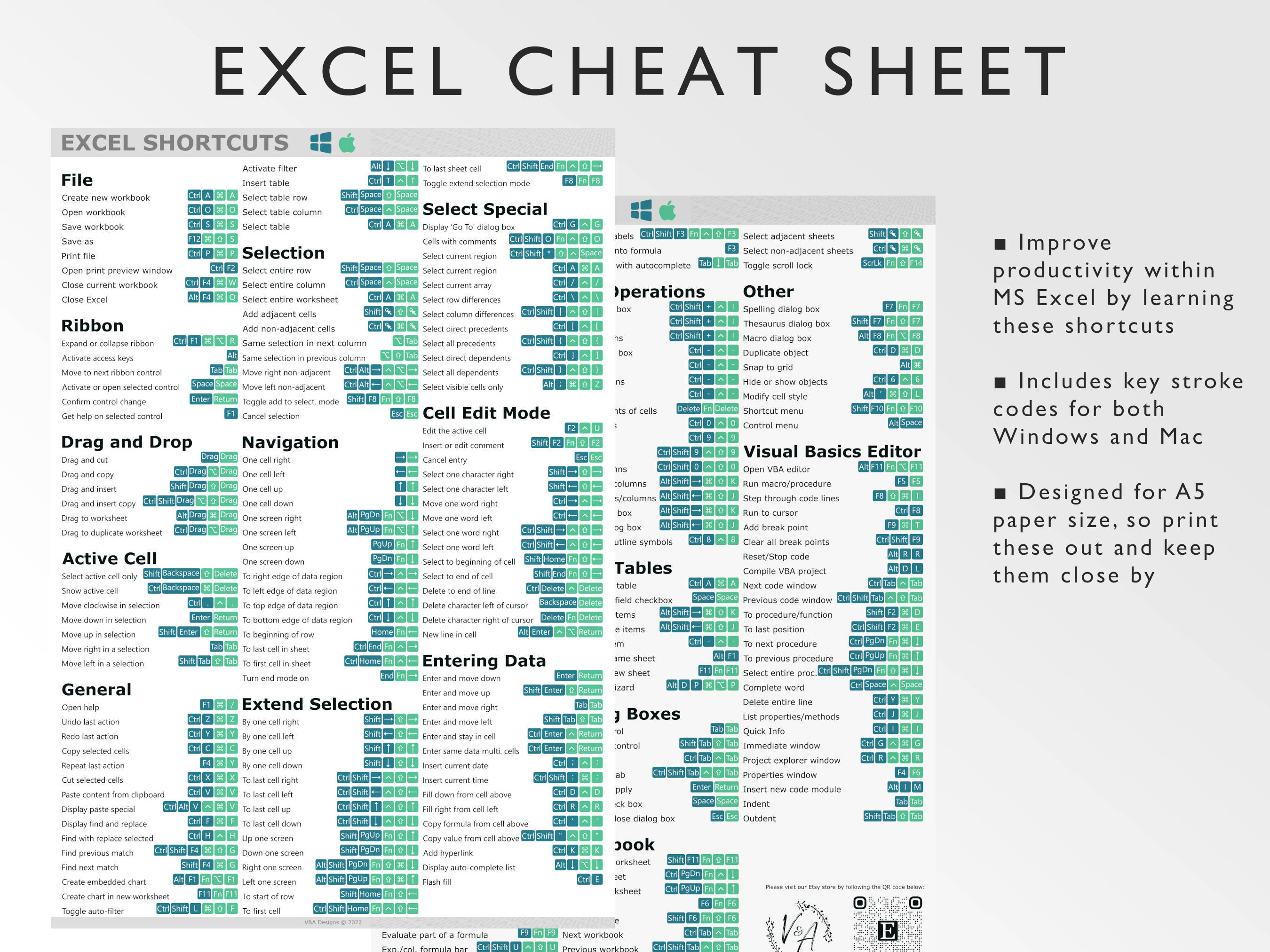Effortless Guide: Add Excel's 2nd Sheet in Tableau

The world of data visualization has expanded significantly with tools like Tableau allowing users to harness the power of datasets from various sources. For many, Microsoft Excel remains a staple for data storage and manipulation. When integrating Excel spreadsheets into Tableau, one might encounter the need to work with data spread across multiple sheets within a single Excel workbook. In this guide, we'll explore how to effortlessly add Excel's second sheet to your Tableau visualizations.
Why Add Excel’s Second Sheet?

Before delving into the technical steps, it’s essential to understand the reasons behind integrating multiple Excel sheets into your Tableau analysis:
- Comprehensive Data Views: Combining sheets can provide a more complete picture of the data scenario.
- Efficient Reporting: Save time by analyzing related data sets without toggling between different data sources.
- Relationships and Cross-Sheet Analysis: Identify correlations and make cross-sheet comparisons easily.
Preparation: Organizing Your Excel Data

Tableau works best with well-organized data. Before importing, consider the following:
- Consistent Format: Ensure all sheets in your Excel file have a consistent structure.
- Naming Conventions: Use meaningful sheet names to easily identify them in Tableau.
- Reduce Complexity: Simplify your data by removing unnecessary rows, columns, and formatting where possible.
Importing the Excel File into Tableau

To begin adding your Excel’s second sheet into Tableau:
- Open Tableau and select “Connect” from the start page or use the “Data” menu to connect to your data source.
- Choose “Microsoft Excel” from the list of available data sources.
- Navigate to your Excel file and select it. You’ll see a preview of your data.
- In the “Preview” pane, you can toggle the sheets to review and select the data you want to import. For our guide, you would typically choose the first sheet initially.
Adding the Second Sheet

Here’s where the magic happens:
- After connecting the first sheet, go to the “Data Source” page, which shows your current data connections.
- At the top left, click on the “Sheet 1” dropdown, where you will see all available sheets from your Excel file.
- Select the second sheet from the list. This will open it as a new data source or in a new tab.
- Tableau will automatically detect relationships between sheets if they have common fields. If not, you can manually create these relationships by dragging a pill (field) from one sheet to another to establish a join or a blend.
🔍 Note: If your sheets have mismatched data types or if Tableau cannot detect relationships, you may need to adjust your data preparation in Excel or within Tableau's data interpreter settings.
Working with Multiple Sheets

Now that you have added the second sheet, you can:
- Create Blends: Use the “Data Blending” feature for secondary data sources to combine data from different sheets.
- Join Data: If your sheets have common fields, create a join to integrate the data seamlessly.
- Use Sheets as Filters: Apply a sheet as a filter to dynamically control the view in another sheet.
| Action | Use Case |
|---|---|
| Blending | When there are no common fields for a straightforward join but you still want to connect data. |
| Joining | For datasets with a primary key that can be used to join sheets together. |
| Filtering | Use data from one sheet to filter views or dashboards based on selections made in another sheet. |

🔄 Note: Blending and joining both serve to combine data, but they differ in how they handle relationships. Blending uses an aggregate approach, while joining keeps individual records.
Working with multiple Excel sheets in Tableau is not just about importing data; it's about leveraging the power of relationships, filters, and joins to uncover insights hidden within the data landscape.
🧠 Note: Keep in mind that Tableau can handle up to 32 sheets from one Excel file. However, performance and complexity can be issues with too many connections.
Can I add more than two sheets from an Excel file?

+
Yes, you can add as many sheets as your workbook contains, up to 32, but be cautious of performance impacts as the complexity of relationships increases.
What happens if my sheets do not have a common field to join?

+
If your sheets lack a common field, you can still blend them. However, you might need to manually establish these connections or use blending techniques to combine the data.
Can I edit the data directly in Tableau?

+
You can clean up your data within Tableau through features like data interpreter or calculated fields, but direct editing of the source data isn’t possible. Changes must be made in Excel and then re-imported.